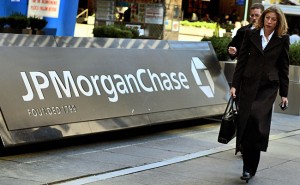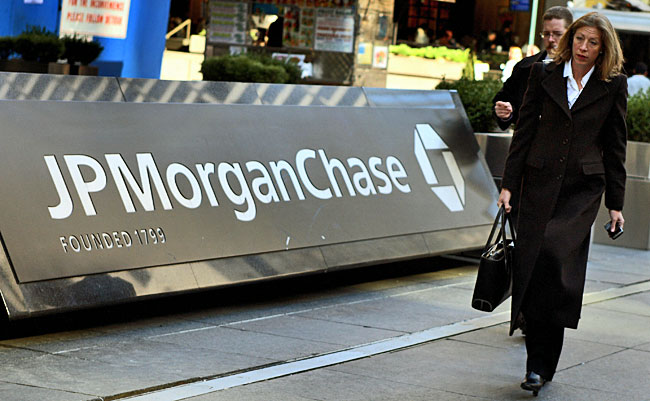 Investment bank JP Morgan Chase & Co. reported second-quarter profits of over $6.5 billion. The increased income puts the company’s earnings-per-share figure above $1.60 – a figure that beats estimates as many on Wall Street expected the bank’s earnings to hold steady over the year.
Investment bank JP Morgan Chase & Co. reported second-quarter profits of over $6.5 billion. The increased income puts the company’s earnings-per-share figure above $1.60 – a figure that beats estimates as many on Wall Street expected the bank’s earnings to hold steady over the year.
As the United States’ largest bank, JP Morgan Chase has benefited from the rise in housing-related lending and an increase in confidence amongst institutional and large-scale investors. The bank’s mortgage-related earnings grew by 12 percent, primarily due to an increase in home ownership amongst US families.
While the company’s $6.5 billion income certainly took analysts by surprise, the industry had been expecting strong earnings from the financial services giant as various US markets recovered. Thomson Reuters reported that analysts believed that the company would earn $5.47 billion per quarter in total profits.
The second-quarter profits were based on a total income of $25.21 billion – a large increase from JP Morgan Chase’s 2012 revenue of $22.18 billion. The bank’s large-scale success comes as a relief to the financial services industry after many feared that the end of quantitative easing policies would cause the market to contract.
Aside from mortgage lending, the large American investment bank profited from its involvement in stock, currency, and commodity trading, which experienced an 18 percent rise in total revenues. Changes in credit conditions also allowed JP Morgan Chase to release $1.5 billion in capital that was previously reserved for defaults.
US investment banks have benefited from low interest rates fuelled by an ongoing quantitative easing effort by the US government. Banks, including JP Morgan, have indicated that their profits from high street banking would likely decrease as the government’s quantitative easing policies ended and interest rates increased.





